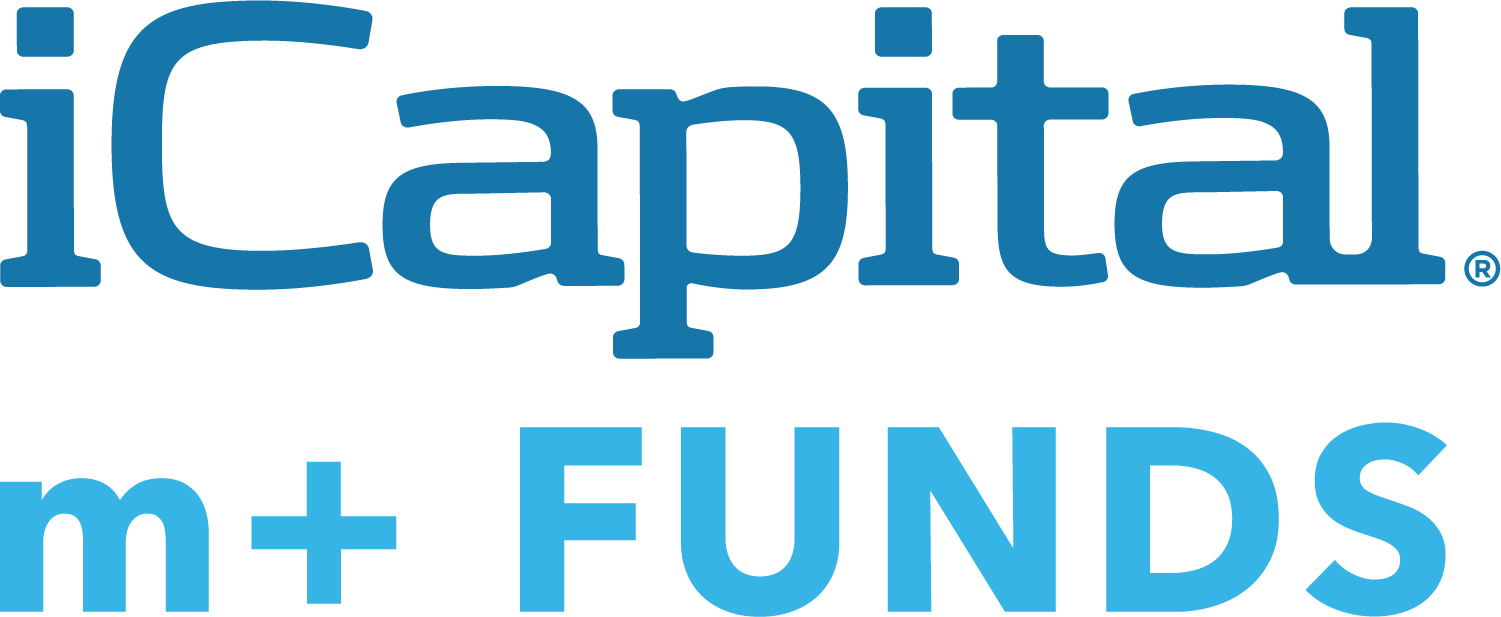m+ funds | Growth
Growth funds seek to enhance market gains.
 Who should consider an Enhanced Growth 150 Fund?
Who should consider an Enhanced Growth 150 Fund?
“I am optimistic about the growth potential in equities.”
”I’d like the potential to outperform the market”
“My investment strategy includes a long-term strategic exposure to equities.”
 How does an Enhanced Growth 150 Fund work?
How does an Enhanced Growth 150 Fund work?
The fund provides exposure to a broad-based market ETF over a fixed period of time, usually ranging from one to three years.
At the end of the period, if the ETF has generated a positive price return, the investor receives a multiple of the return, for example 1.5 times, up to a maximum return level. If the ETF has generated a negative return, the investor will experience the same loss as it would have experienced by investing in the ETF.
Hypothetical results in different market environments
Return
Enhanced Growth 300 Fund*
 Who should consider an Enhanced Growth 300 Fund?
Who should consider an Enhanced Growth 300 Fund?
“I think market returns will be modestly positive in the coming few years.”
“I am interested in an opportunistic way to seek more return from my market exposure.”
“My foundation is required to give 5% a year, but I’m concerned that market returns will be only modestly positive.”
 How does an Enhanced Growth 300 Fund work?
How does an Enhanced Growth 300 Fund work?
The fund provides exposure to a broad-based market ETF over a fixed period of time, usually ranging from one to three years.
At the end of the period, if the ETF has generated a positive price return, the investor receives a multiple of the return, for example 3 times, up to a maximum return level. If the ETF has generated a return greater than the max, the investor’s return is capped. If the ETF has generated a loss, the investor will experience the same loss as it would have experienced investing in the ETF.
Hypothetical results in different market environments
Return
-
*Selected Investment Risks
- An investment in units of m+ funds may not be appropriate for all investors. Units in any m+ fund are offered only by prospectus. You should read carefully the prospectus for any fund before investing, including the risks described therein.
- Investors purchasing units are subject to upfront sales charges and organization costs which vary per fund and depend on the type of account purchasing the units, all described in the corresponding prospectus.
- The value of the fund will decrease by ongoing fees and expenses.
- The trusts are designed for investors who intend to hold the units until the trust mandatory dissolution date.
- The structure of these securities may be complex and the suitability of an investment should be considered based on your investment objective, risk tolerance, financial goals and time horizons.
- The value of the fund will vary and fluctuate as the FLEX listed options do. Prior to the fund’s maturity date, the fund may not increase in line with changes in the referenced ETF. FLEX option prices are impacted by such market factors as time left to maturity, interest rates, and implied volatility.
- The ability of the trust to meet its objective depends on the OCC’s ability to meet its obligations.
- Unlike a direct investment in the referenced ETF, investors in the fund are not entitled to receive dividends.
- Liquidity of the listed options used in a fund may be limited in certain circumstances.
- Units can be redeemed in full or in part directly through the trustee, The Bank of New York Mellon, on any day the New York Stock Exchange is open. The redemption price will be the net asset value per unit. To receive the net asset value for a specific day, please ensure your redemption request is submitted before market close. Additionally, iCapital may maintain a secondary market for units, meaning that if you wish to sell your units, we may buy them at the current net asset value. Some broker-dealers may also maintain a secondary market for units, so it’s advisable to contact your financial professional for current repurchase prices to find the best available price. Please note that we can discontinue our secondary market at any time without notice.
- Investors who redeem or sell units before the Maturity Date may incur losses. The redemption price could be lower due to fluctuations in security prices and applicable fees and expenses. For full details, please refer to the prospectus.
- You should consider the portfolio’s investment objective, risks, charges and expenses carefully before investing. Contact your financial advisor to request a prospectus, which will contain this and other information about the portfolio. Read it carefully before you invest.
Securities products and services are offered by iCapital Markets LLC, a registered broker-dealer, member FINRA and SIPC, and an affiliate of iCapital, Inc. These registrations and memberships in no way imply that the SEC, FINRA, or SIPC have endorsed any of the entities, products, or services discussed herein. Alaia Capital LLC and m+ funds are affiliated with iCapital Markets LLC. “iCapital” and “iCapital Network” are registered trademarks of Institutional Capital Network, Inc.
